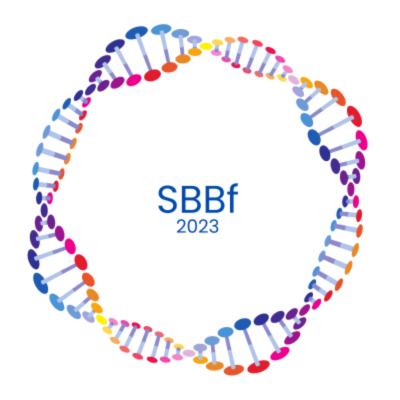Proceedings of the 47th Annual Meeting of the Brazilian Biophysical Society
DECODING THE RELATIONSHIP BETWEEN HUMAN SEPTINS AND BOTULINUM NEUROTOXIN
How to cite this paper?
To cite this paper use one of the standards below:
How to cite this paper?
Botulinum neurotoxins (BoNT) are potent toxins that can cause severe symptoms of botulism, but they have also found successful applications in treating neurological disorders and in cosmetic therapies. The therapeutic effects of BoNT serotype A (BoNT/A) typically last from 3 to 12 months. However, the underlying mechanisms governing the long-lasting impact of BoNT/A on neuronal cells remains poorly understood. It is hypothesized that the stabilization of BoNT/A's light chain (LCA) may be due to its physical binding to relatively stable cytoskeletal proteins, such as septins, although a direct interaction between them has not been established. The primary objective of this study is to investigate and characterize the potential interaction between LCA and human septins. To achieve this, the proteins were expressed in E. coli Rosetta(DE3) cells. LCA was fused with GST (GST-LCA), and SEPT7 was tagged with a His-tag. Subsequently, after proteins purification, the interaction was assessed using pull-down assays. The GST-LCA, immobilized on the affinity resin, was effective in capturing the SEPT2-6-7 complex, thereby confirming the in vitro interaction between the proteins. To gain further insights into the specific regions involved in this interaction, truncated constructs of all proteins were generated. Notably, assays using the SEPT2-6-7allΔC complex (lacking the C-terminal domains of septins) failed to rescue the LCA. However, the SEPT2ΔC-6-7 complex (excluding only the C-terminal domain of SEPT2) successfully rescued the LCA, indicating that the septin C domains are responsible for the interaction with LCA, but only those from SEPT6 and SEPT7. Additionally, in order to pinpoint the precise region of interaction, constructs utilizing only the C-terminal domains of SEPT6 and SEPT7 were generated and are currently under investigation to assess the affinity of the septin-LCA interaction. Overall, these results represent the first direct evidence of the interaction between LCA and the SEPT2-6-7 septin complex through the SEPT6 and SEPT7 C-terminal domains. This research is made possible through the support of CAPES and FAPESP (2020/02897-1).
- 19. Protein Structure and Conformation
Streamline your Scholarly Event
With nearly 200,000 papers published, Galoá empowers scholars to share and discover cutting-edge research through our streamlined and accessible academic publishing platform.
Learn more about our products:
How to cite this proceedings?
This proceedings is identified by a DOI , for use in citations or bibliographic references. Attention: this is not a DOI for the paper and as such cannot be used in Lattes to identify a particular work.
Check the link "How to cite" in the paper's page, to see how to properly cite the paper

